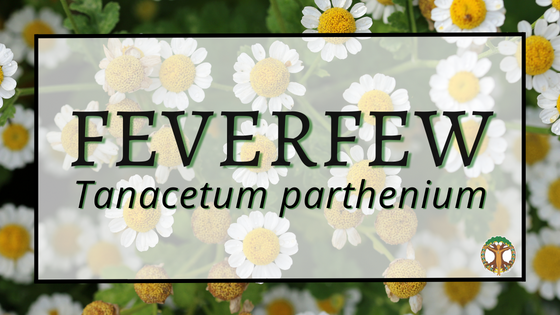
Feverfew
Appearance: a composite plant growing with daisy-like flowers. The stem is finely furrowed and hairy, about 2 feet high; the leaves alternate, downy with short hairs.
Plant Use: The feverfew herb has been used as an herbal remedy since Dioscorides in78 A.D. Feverfew was used to treat headaches, menstrual irregularities, stomachaches and all types of fevers.
Preparations: Infusion, tincture, decoction, topically
Gardening Tips: Feverfew is a perennial, and herbaceous in habit. It does not need too much attention. Feverfew does great in well-drained, with waterings every few days. Dappled shade is best in Florida. This plant does like to sprawl.
References:
https://www.llewellyn.com/spell.php?spell_id=4111
http://www.christopherhobbs.com/library/articles-on-herbs-and-health/feverfew-what-did-gerard-culpeper-take-when-they-had-headaches/
https://www.botanical.com/botanical/mgmh/f/feverf10.html




